Poole is a coastal town in Dorset close to the larger resort of Bournemouth and is noted for its large natural harbour and historic quayside. I started my tour of the town next to the Dolphin Shopping Centre so I had a little look around the shops there before continuing along Poole High Street. This thoroughfare leads to the old town and finally onto Poole Quay taking approximately 20 minutes.
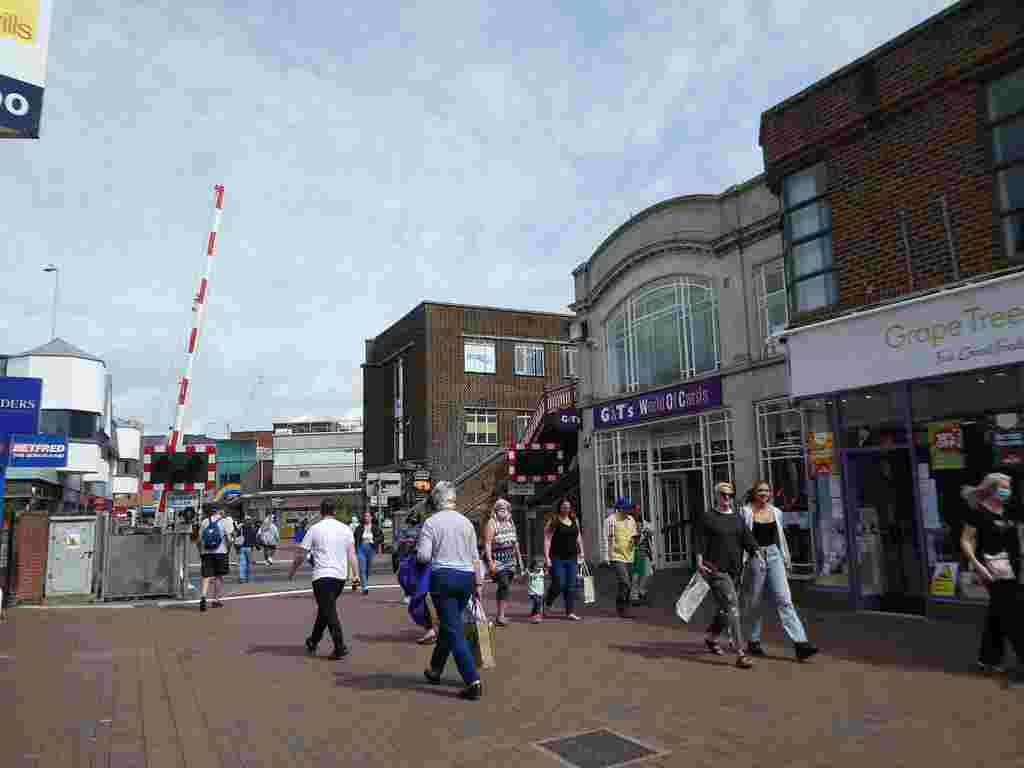
The high street has most of the everyday stores found elsewhere plus numerous charity shops and an assortment of cafes. What is unusual about Poole High Street though is that it is intersected by a railway level crossing. It’s rare to find these in town centres but if the red lights start flashing and the barriers go down shoppers either have to wait patiently for the train to pass by or alternatively walk up and down the steps to cross the footbridge. There wasn’t a train in sight on my visit but South Western Railway do operate a regular service along the south coast between Weymouth and Bournemouth so the chances of having to wait are reasonably high.
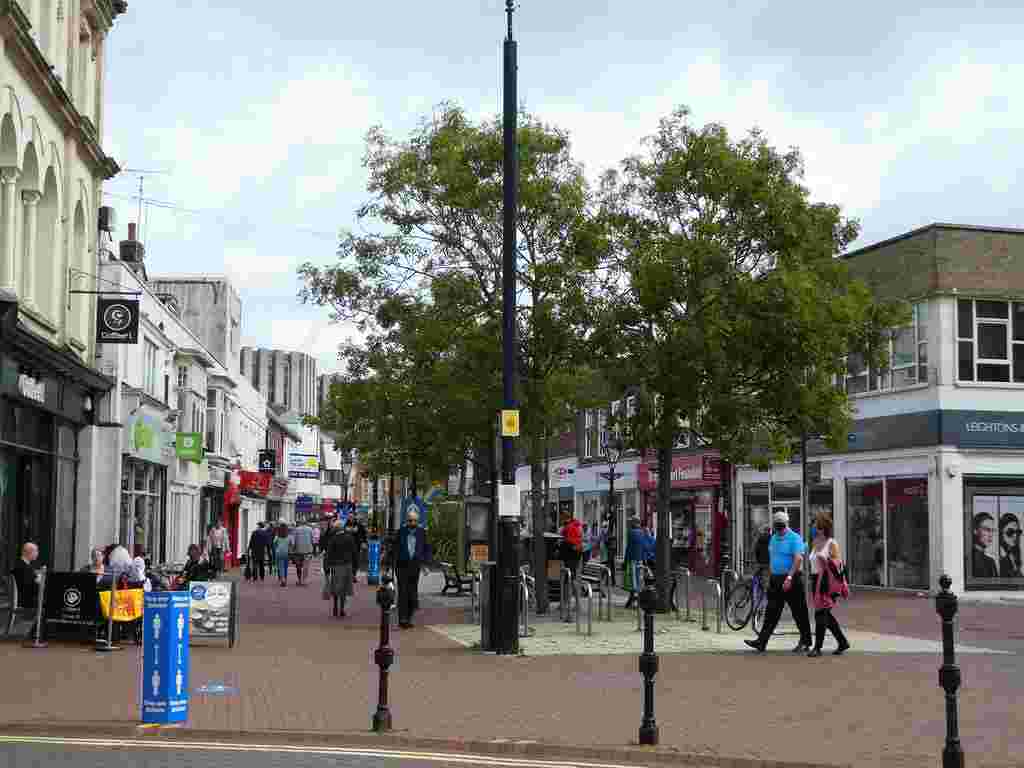
Approaching the old town the road narrows and the surrounding buildings become more attractive with their old fashioned charm. Narrow doorways lead to small shops, restaurants and pubs and on one corner stands Poole Museum which offers free admission. A board suggested securing timed visiting slots on-line but I was fortunate to be able to gain admittance without delay.
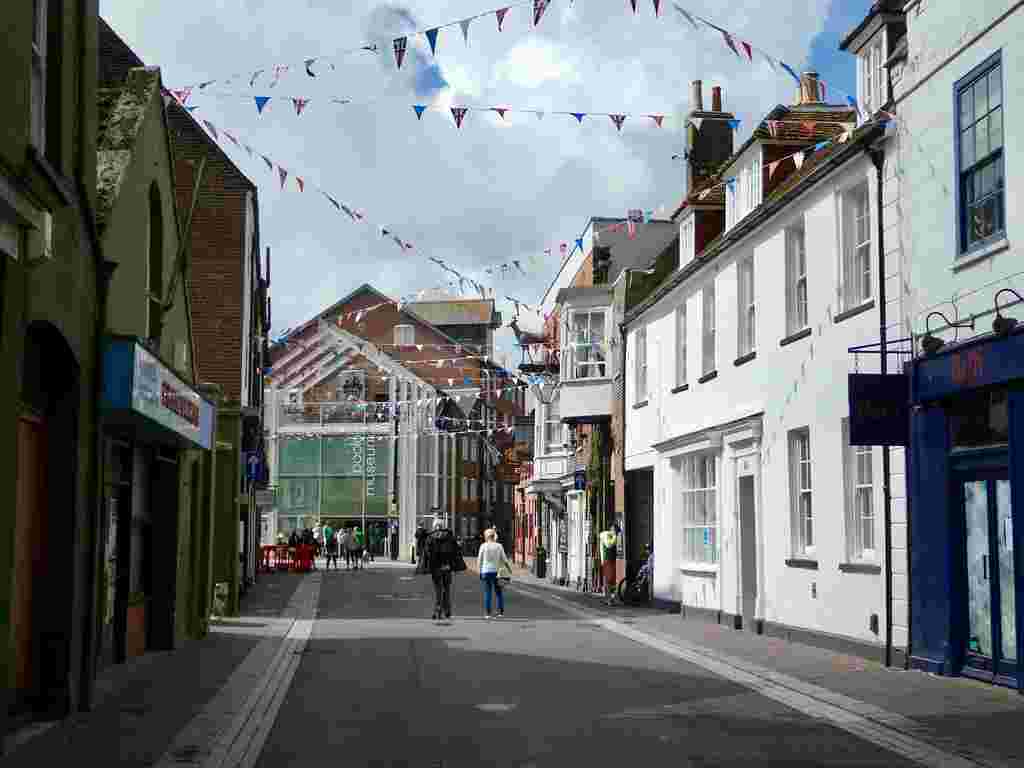
The museum is set in a Victorian quayside warehouse and nestled amongst some of the oldest properties in the historic quarter, some of them dating back as far as the 15th century. Entrance is through a modern atrium flooded with natural light with a heritage Poole fire engine next to the ticket desk.
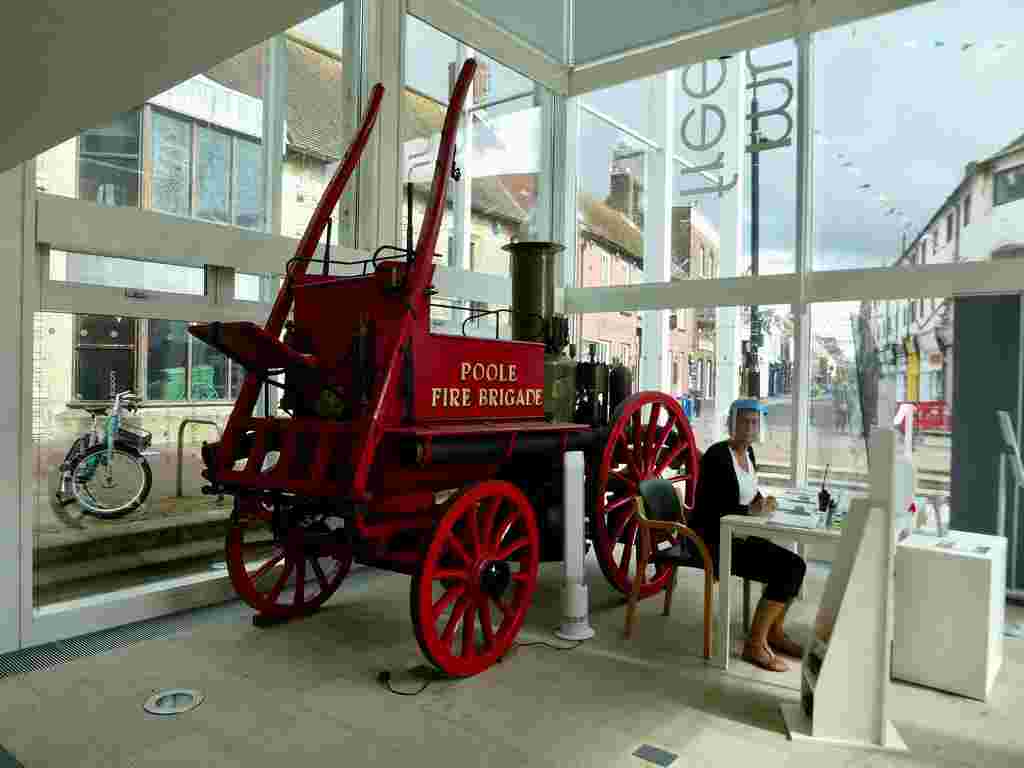
Visitors then follow signs through to Oakley’s Mill, a Victorian grain warehouse and flour mill with floors supported by heavy beams and posts. The museum tells the story of the historic maritime town and its harbour from past to present times. On the ground floor there’s an Iron Age Poole log boat and taking the steps up to the next floor important items from the town’s maritime collection are on view.

My favourite section was the gallery on the lives of the people of Poole which included a 1950’s style kitchen and further along, a collection of Poole pottery. This was a company that created hand painted pottery and was based on the quayside from 1873 until its move to another site in the town in 1999. The pottery eventually closed in 2006 but still continues as part of the Denby group based in Stoke-on-Trent.
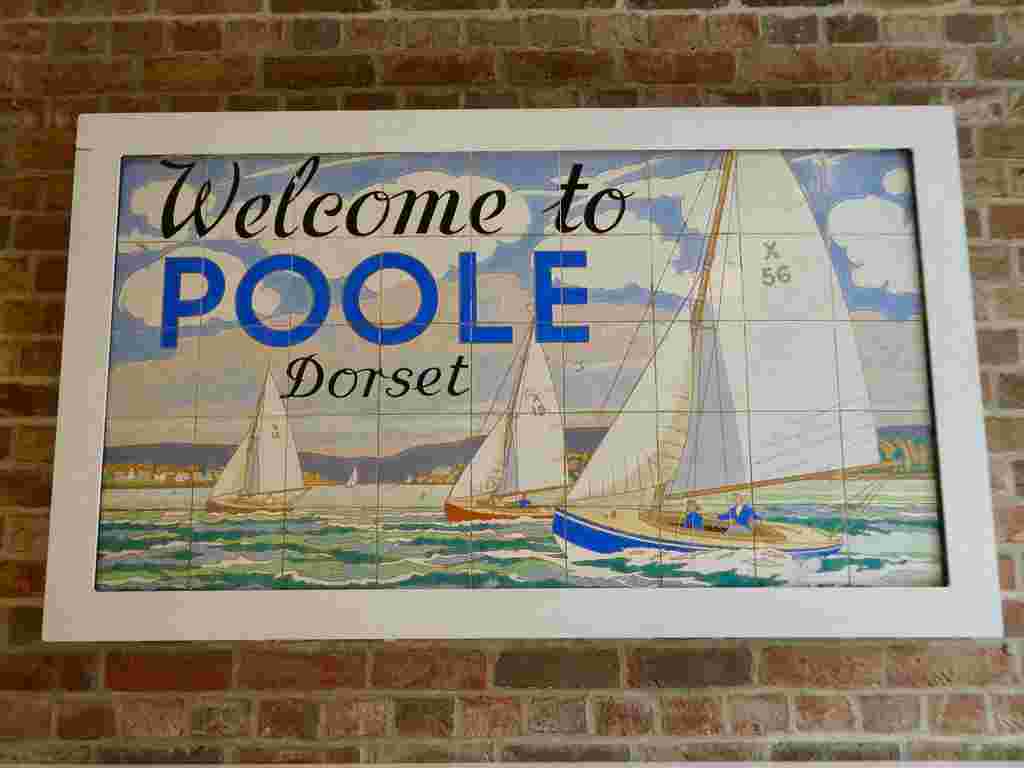
Until I read the information boards in the museum I was unaware that much of the ceramic tiling and ceramic friezes found on London Underground stations built in the 1930’s was produced by Carter’s Industrial Tile Manufactory which later changed its name to Poole Pottery. The photo above is one of the ‘Welcome to Poole’ tile panels made by the company located on roads entering Poole and marking the town boundary. The picture is of X Class sailing boats racing in Poole harbour.
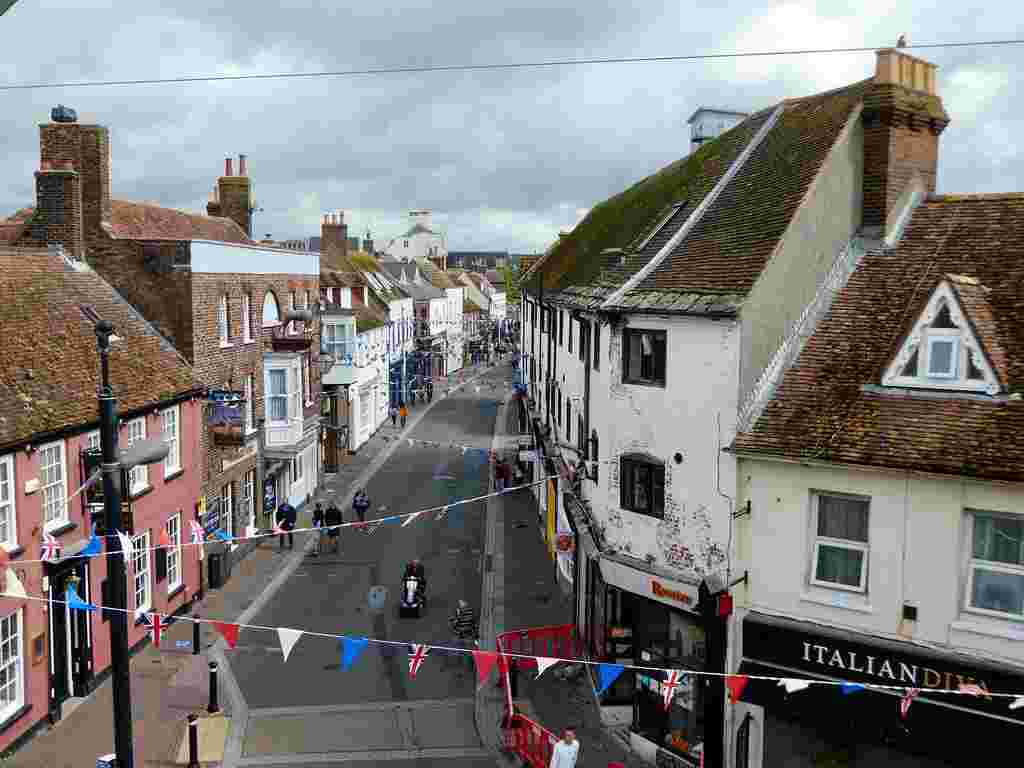
Even if you don’t want a cup of coffee, make sure you remember to take a look in the cafe on the top floor to enjoy panoramic views over the old town from its roof terrace.
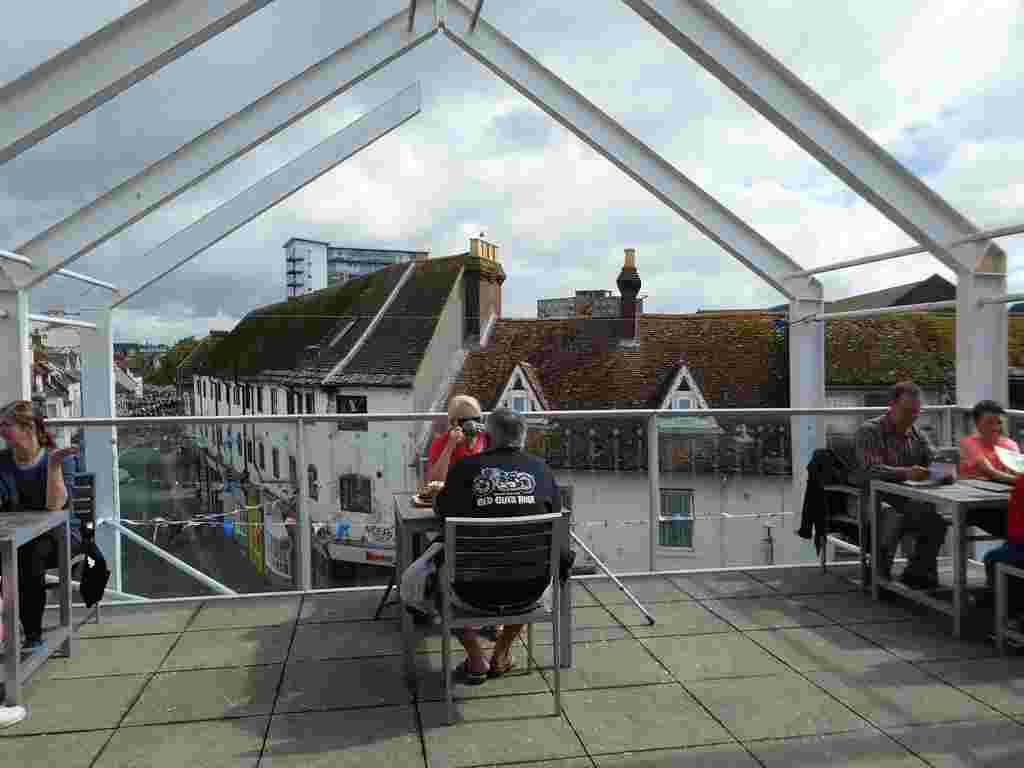
On leaving the museum I turned to my left passing quaint old buildings and the Old Custom House located in a small square overlooking the harbour. This handsome Georgian building was erected in 1813 and is now a popular restaurant in an idyllic position with tables spilling out across the square.
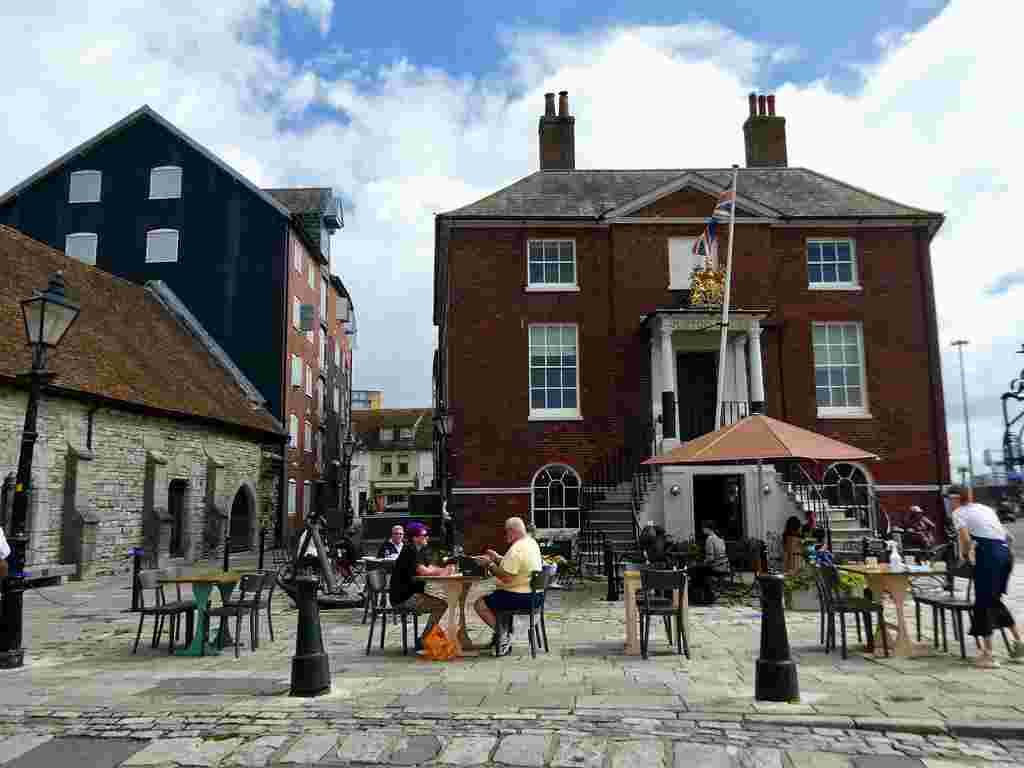
I had now reached the old town quay which has a long history as it was one of the main ports used for trading. The southern side of the quay is still dedicated to trade and looking out across the harbour I could see freighters being loaded. Poole is the home of Sunseeker luxury motor yachts and has a large presence in the harbour. It’s often possible to see some of their very expensive motor yachts nearing completion and conducting sea trials, but I think you would probably need to win the lottery to be able to buy one!
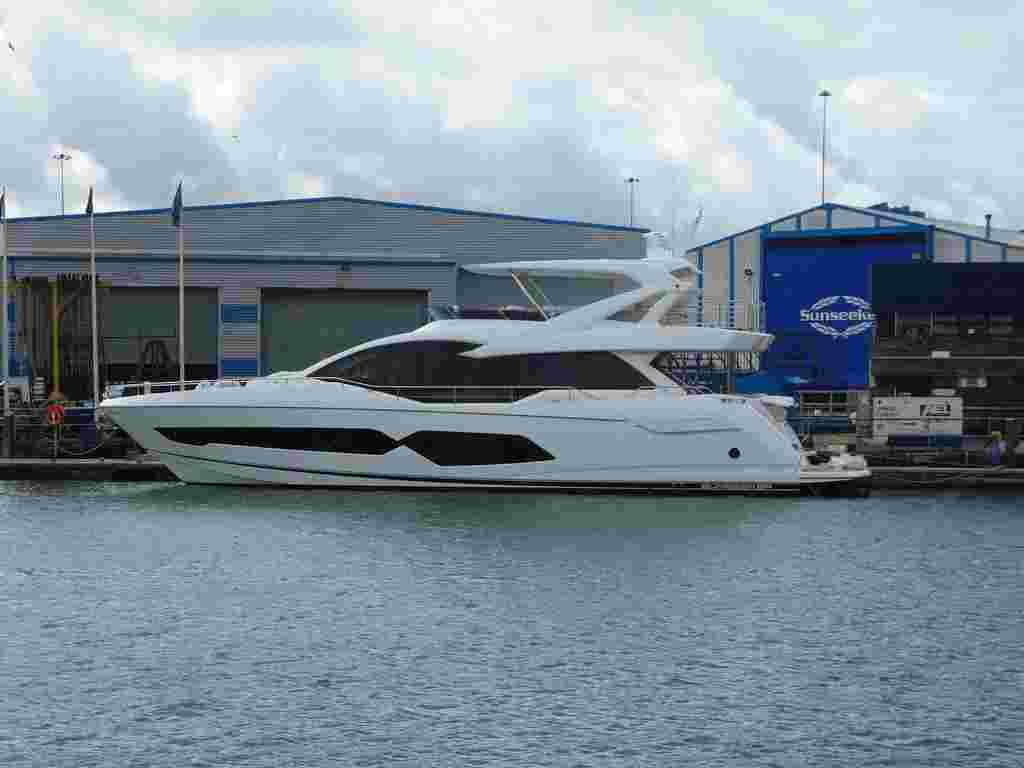
Facing the Old Custom House along the quayside is a giant sized metal sculpture accessed via an elevated viewing platform for close up views and to see more of Poole harbour. The art work entitled Sea Music was created by Anthony Caro and stands 11m high. The sculpture which has stood on Poole Quay since 1991 is said to have the feel of the sea, the waves breaking, harbour masts and sails of ships. To be honest, I couldn’t really see any of this but perhaps I wasn’t looking at it in the way I should.
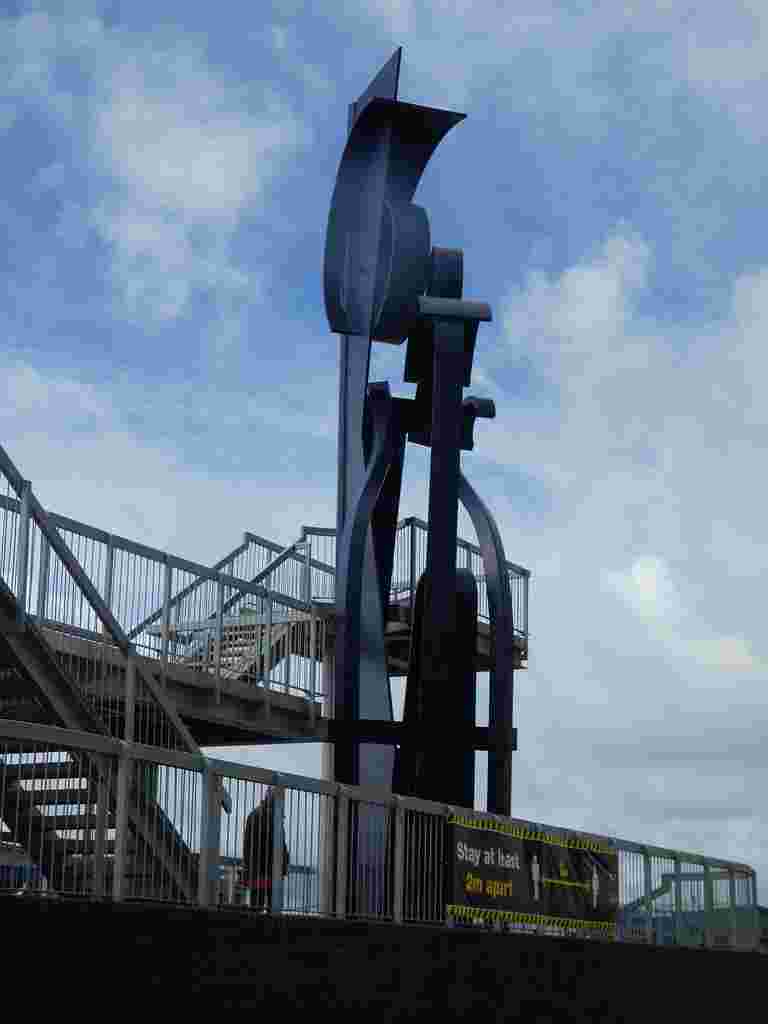
Continuing along the quayside, boat trips were departing across to Brownsea, the largest of the harbour islands and famous for Scouting and the rare red squirrel. Brownsea Island ferries operate their brightly coloured yellow boats from both the quay and Sandbanks, however only ferries from Poole harbour are operating at present.
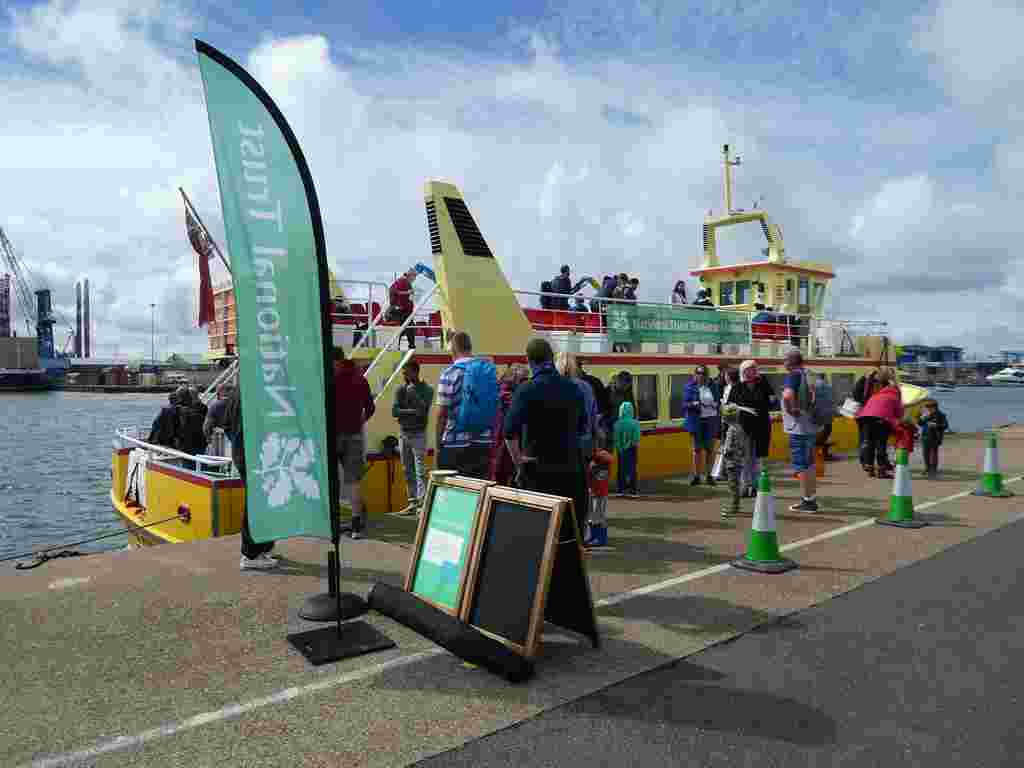
Brownsea Island is owned by the National Trust and whilst members only need to pay for the ferry, other visitors must also pay a landing fee. I’ve never been across to Brownsea Island but would like to pack a picnic and visit there sometime to follow the nature trails and hopefully spot some red squirrels on my way.
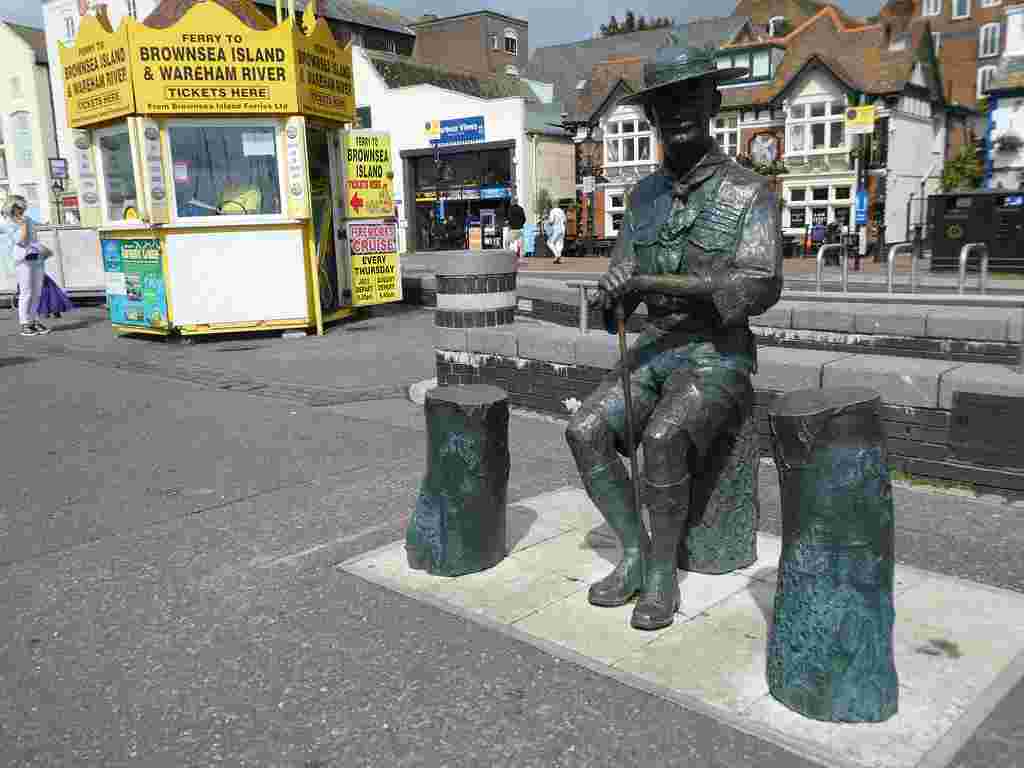
On the quayside facing the island stands a life size bronze statue of Lord Baden Powell, the founder of Scouting. He is portrayed in his scout uniform, seated on a log as if ready for a campfire. There’s a pair of log seats on either side, just perfect for photo opportunities. Baden Powell held his first camp on Brownsea Island in 1907 heralding the start of the Scout and Guide movement.
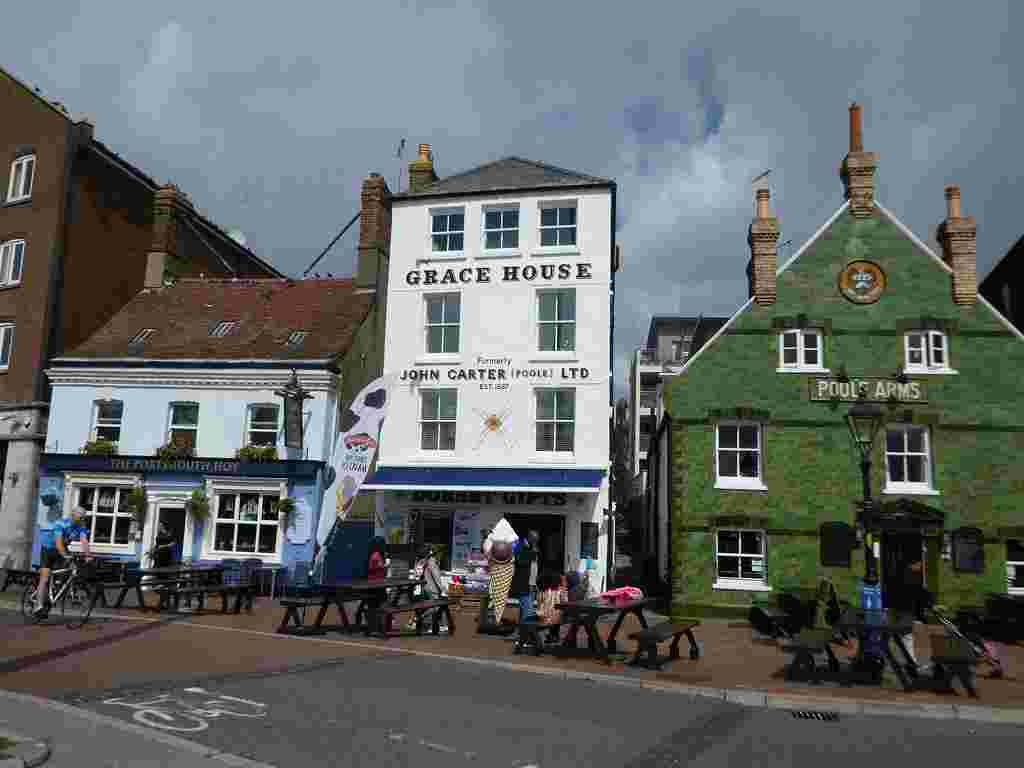
Overlooking the quay are several pubs, cafes and gift shops all housed in quaint old buildings of different shapes and sizes. The town grew from the quayside as it became one of the south coast’s most important medieval ports trading with most of the maritime nations of Europe.
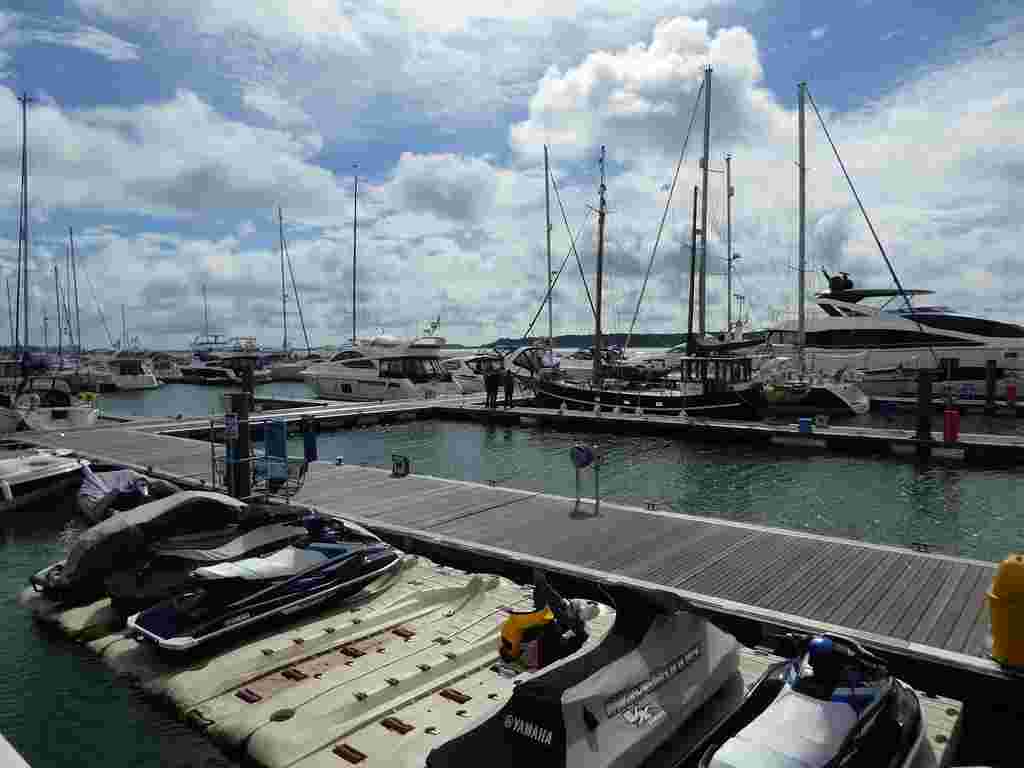
It’s still a bustling part of town attracting visitors from near and far with its lively cafes, bars and restaurants stretching along the waterfront overlooking the large marina. After relaxing on a bench for awhile watching the comings and goings of boats in the marina, I continued on my way as far as the Poole Lifeboat Museum.
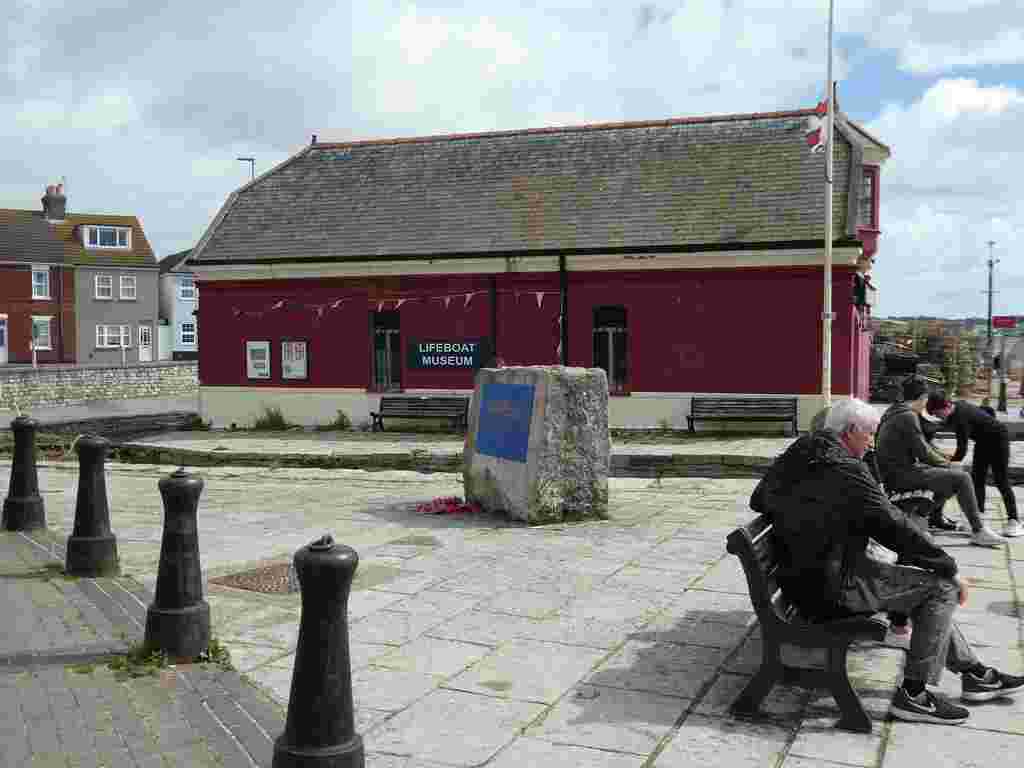
It was closed due to COVID-19 but I’ve had the pleasure of visiting previously and it’s well worth a look sometime when it’s back open as it contains an historic old lifeboat, a collection of memorabilia and a small shop selling gifts and cards. Interestingly, Poole is actually the headquarters of the RNLI with a college where lifeboat volunteers from across the U.K. and Ireland are trained to become crew.
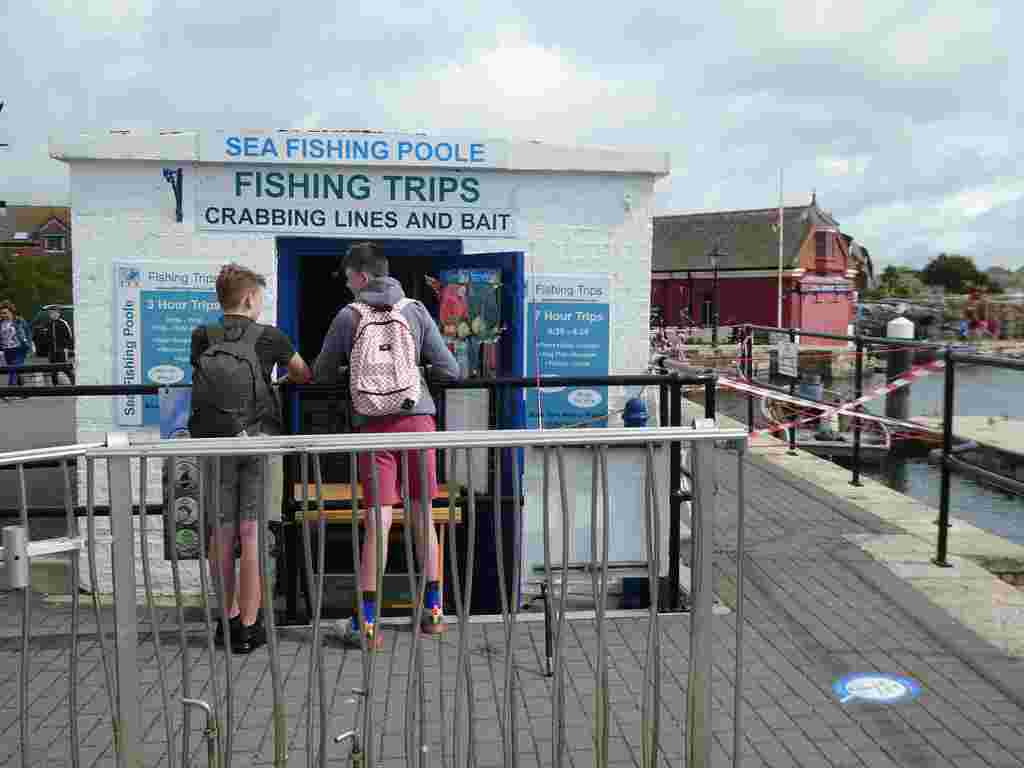
Along the quay near to the lifeboat station there is a small kiosk where one can book to go out on fishing trips or more importantly for children, buy crabbing nets and buckets. When my own children were small they loved filling their plastic buckets with sea water and then leaning over the sea wall to try and catch some small crabs. The idea is to place them in a bucket trying to get more than your brother or sister then when it’s time to go, counting up who has the most before returning them back into the sea unharmed.
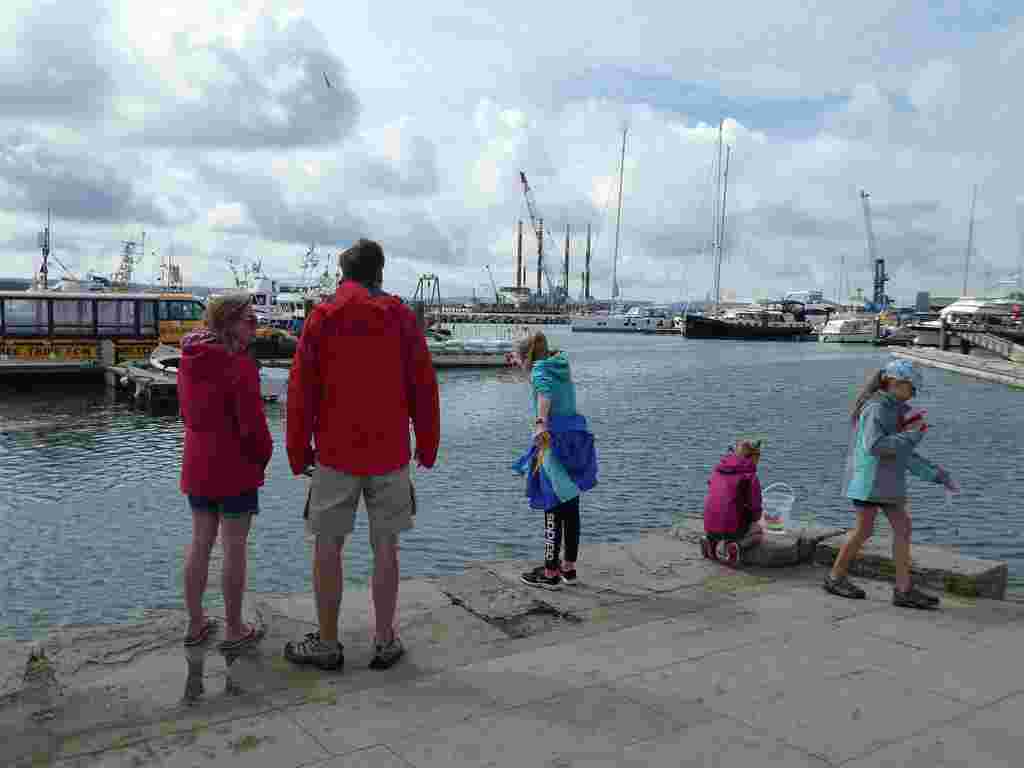
My walk then took me back inland passing a Sainsbury’s supermarket on my right as I approached the High Street and concluded my looped walk around Poole. It’s a lovely place to spend a few hours and if you might be driving there to catch a cross- channel ferry do try and arrive early to enjoy a little look around.
If you have enjoyed reading this post you may also like:
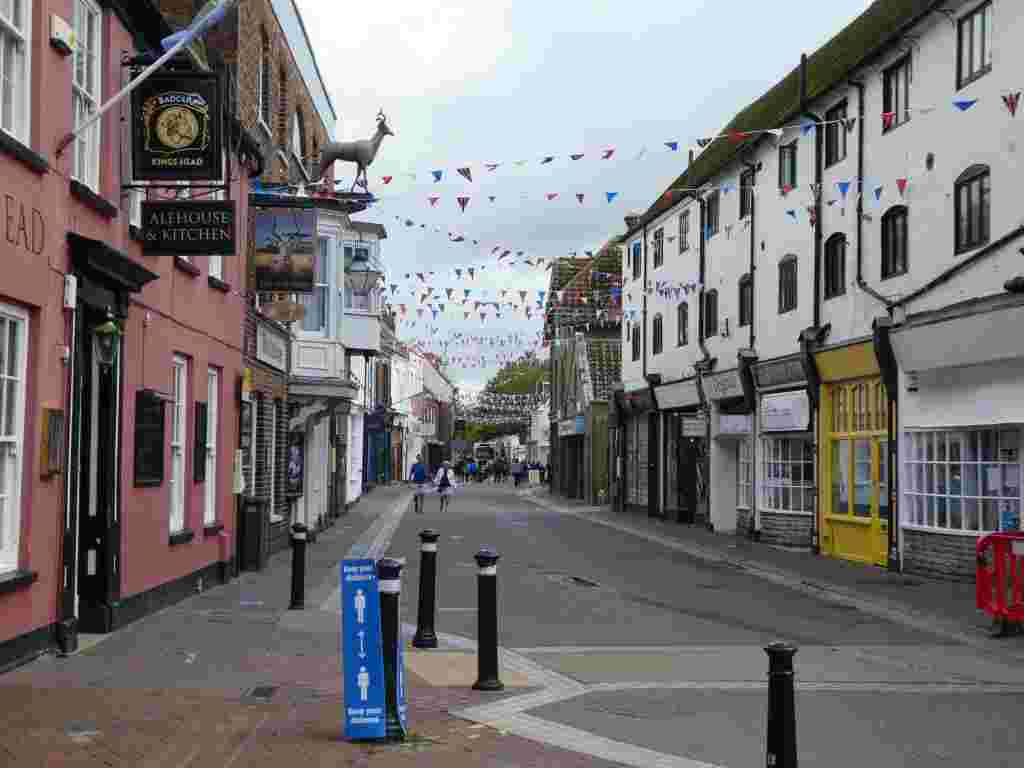

Leave a comment